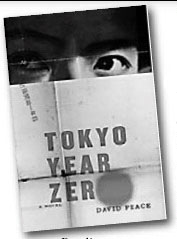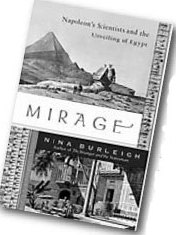Reviews
Books
'Onassis of the Orient'
Named by Forbes (Aug 1, 1970) as one of the shipping giants of the world, C.Y. Tung (Tung Chao Yung, 1912-82) was a pioneer who devoted his life to the modernization of China's shipping industry.
Riding the waves since he was 16, Tung built his shipping empire - the Orient Overseas Line (now Orient Overseas Container Line) from virtually nothing. At the peak of his career, Tung owned a shipping fleet with over 150 freight ships; his fleet's cargo capacity exceeded 10 million tons; he purchased the then largest passenger liner, Queen Elizabeth, and converted it into the Seawise University in 1971; and constructed the then largest ocean-going vessel in the world - the 564,763-ton Seawise Giant, in 1979.
As one of the world's top seven freight moguls, Tung was often called the "Onassis of the Orient". Public interest in C.Y. Tung was once more aroused when his eldest son, Tung Chee Hwa, became the first chief executive of the Hong Kong SAR in 1997. There have been various books written about Tung and his family. Most recently, the DSX Joint Publishing House from Beijing and the Shanghai Jiaotong University Press published five books about him.
These include a three-volume C.Y. Tung's Diary (1948-82), C. Y. Tung's World, which features a rich collection of essays and letters of the late shipping tycoon and tributes from friends; and C.Y. Tung: A Pioneer of China's Modern Shipping Industry, which paints a full picture of Tung, with numerous photos, academic papers, letters and media reports.
Compiled by Cheng Hwei Shing, researcher at the Institute of Chinese Studies at The Chinese University of Hong Kong, and Alice King (Tung Chee-ping), Tung's eldest daughter, these books provide readers with a thorough understanding of the shipping tycoon.
Zhu Linyong
Tokyo detective
The mystery story is among the most labile of forms, as writers as distant in time and temperament as Poe, Doyle and Christie have demonstrated. Reading some current examples of the genre, though, you'd never know that. How exhilarating, then, to discover David Peace through his brilliant, perplexing, claustrophobic and ambiguous seventh novel, Tokyo Year Zero.
Set amid that city's postwar rubble and based on the historical case of a serial killer named Kodaira Yoshio ("the Japanese Bluebeard"), the book is narrated by Inspector Minami, who on the day of Japan's surrender to the Allies is summoned to an air raid shelter where a woman's body has been discovered.
The author allows Minami a sort of rumpled honor, but makes plain the irony and the near futility of being a homicide detective in a nation inhabited by hundreds of thousands of corpses, and of being charged with the investigation of a single death in a city where entire districts have vanished overnight.
New York Times Syndicate
Napoleon in Egypt

Napoleon's occupation of Egypt in 1798 was among history's more memorable military fiascos. A side skirmish in his drawn-out colonial competition with the British, by any measure the invasion went badly. The British promptly sank much of the French fleet, stranding the forces.
A march across the desert from Alexandria to Cairo without so much as canteens, as Nina Burleigh tells us in Mirage: Napoleon's Scientists and the Unveiling of Egypt, left "untold hundreds" dead. A Muslim uprising at Cairo resulted in more deaths and, not insignificantly, the loss of any remnant of civility on the part of the French. And then there was the plague, which, together with dysentery and other diseases, may have killed as many as 10,000 of the French soldiers.
Burleigh's principal subject, however, is not the military but the 151 "savants" Napoleon took along - geologists, mapmakers, naturalists, artists, even a musicologist. Most signed on enthusiastically, though they (like a majority of the troops) had no idea where they were going until shortly before they arrived in Alexandria.
New York Times Syndicate
(China Daily 12/14/2007 page20)














